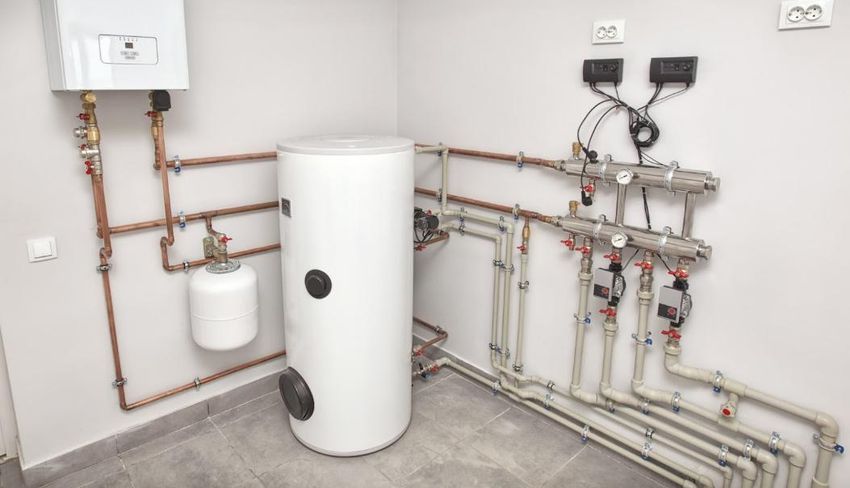Blog Post
3 Comparisons to Make Before Re-Piping Your Home
July 2, 2020

Before you begin the large project of re-piping your home, you'll have to make a number of decisions about the scope of the job, the plumber you're going to hire, and more. These decisions can greatly affect the outcome of the job. Here are three comparisons to make before having your home re-piped.
Compare Different Types of Plastic Piping
Although plastic piping isn't the only type of pipe available, it's typically the most affordable material when compared to metals such as copper. This cost difference can be significant, especially if you have a large re-piping job planned. Fortunately, several varieties of plastic pipes are available, which provides plenty of versatility.
Some of the most common types of plastic pipe for residential plumbing include:
- PVC or CPVC
- ABS
- PEX
- HDPE
Some of these are mostly used for specific applications (for instance, CPVC is a type of treated PVC that can be used for hot water lines). Others, such as HDPE, are more versatile and can be used for a wider variety of your home's plumbing. Compare the prices, strengths, and weaknesses of each type of plastic before starting your project.
Compare Pros and Cons of Partial Versus Full Re-Piping
Some homes require pipe replacements because the pipes are old and corroded or blocked up with sediment. However, not every problem that seems severe will require a complete re-piping. Make sure to get multiple professional opinions on how extensive your re-piping project needs to be.
If you're re-piping because some of your home's pipes are unsafe, you'll naturally want to replace all the sections that have that characteristic. So for example, if all your fresh water supply lines are made of galvanized steel and are leaching lead, you'll need to have all of those replaced. But you may not necessarily need to have your drain pipes replaced in this instance.
Another example is when a plumbing problem exists throughout your pipes but shows up most in one area, such as pipes clogged by hard water scale, which builds up faster in hot water pipes. At minimum, you'll need to replace all hot water pipes in this case. But replacing the other pipes may also be beneficial, so if you can afford it, you may choose a complete re-pipe.
Compare Re-Piping Estimates
Once you've decided on the extent of the project and know which piping materials you want to use, you need to compare different quotes for your project from different contractors. You can have each contractor come out to your home and look at the piping in person so they can develop an accurate estimate.
Once you have the estimates in hand, compare carefully not just the price, but also what's included in the quote. For example, a quote that doesn't include material costs may sound more affordable at first, but after you've paid for materials out of pocket, that quote could end up costing you more.
You also need to be careful when comparing quotes from contractors that charge in different ways. For instance, one plumber may have a designated rate for a specific project, whereas a second may charge for labor by the hour. The second plumber could end up costing more than expected if the project hits any snags or if workers don't work quite as quickly as planned.
As you can see, re-piping your home is a process that will include a variety of decisions and comparisons along the way. A trusted professional can help you navigate through the process more smoothly.
If you'd like to hear more about the plumbing services we offer or about our credentials and experience, get in touch with the licensed and bonded professionals at Shamrock Plumbing today.
CONTACT INFORMATION
Address:
869 Unit B, Rogue River Highway Grants Pass, OR 97527
Mailing Address:
3149 Southside Rd., Grants Pass, OR 97527
Phone:
(541) 479-1300
Fax:
(541) 471-3392
BUSINESS HOURS
- Mon - Fri
- -
- Sat - Sun
- Closed
Emergency service available
Content, including images, displayed on this website is protected by copyright laws. Downloading, republication, retransmission or reproduction of content on this website is strictly prohibited. Terms of Use
| Privacy Policy






